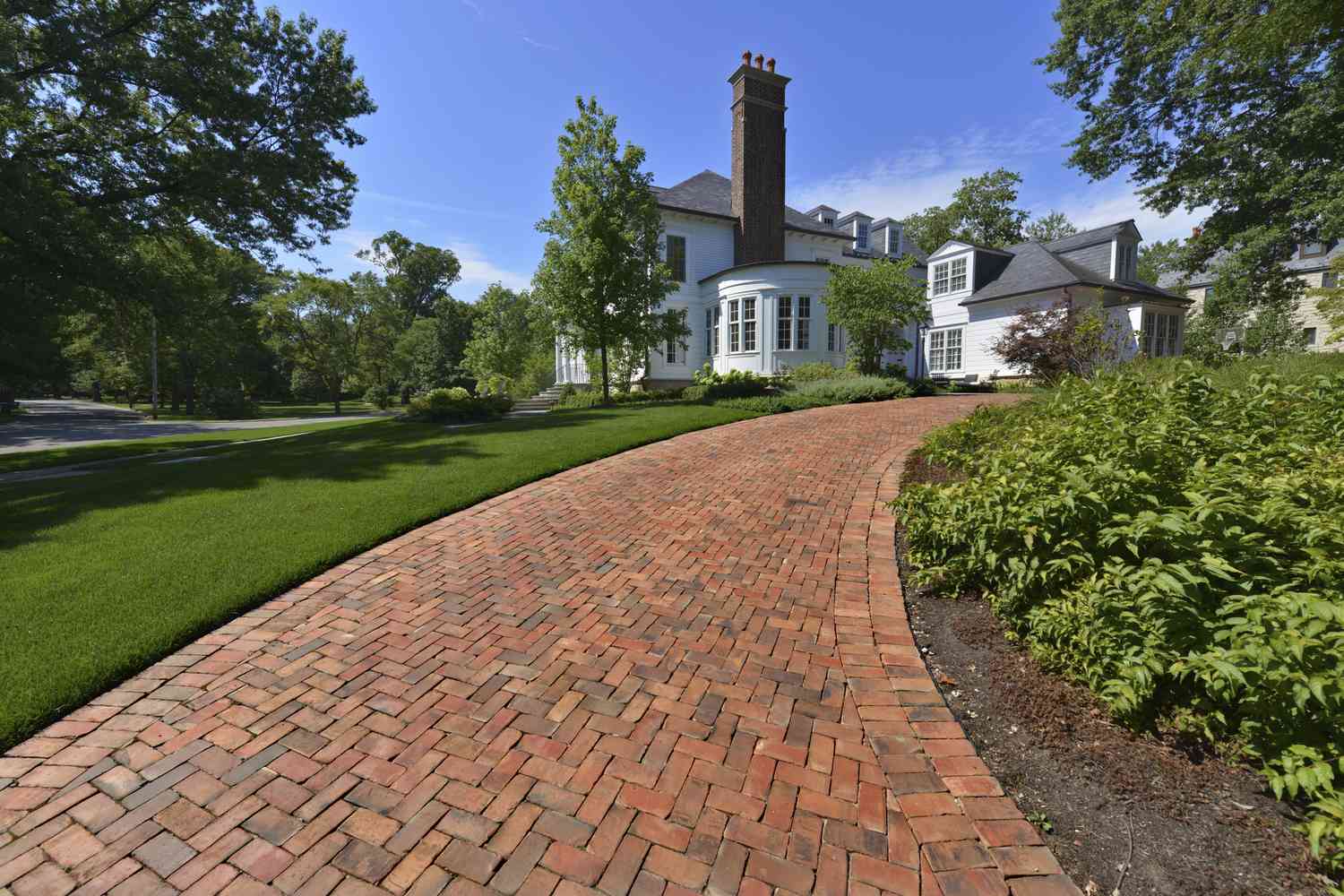

Articles
How Much Does A Brick Walkway Cost
Modified: January 6, 2024
Find out the cost of installing a brick walkway in this informative article. Explore different factors and get an estimate for your project.
(Many of the links in this article redirect to a specific reviewed product. Your purchase of these products through affiliate links helps to generate commission for Storables.com, at no extra cost. Learn more)
Introduction
A brick walkway can add beauty, charm, and functionality to any outdoor space. Whether you want to create a welcoming path from your driveway to your front door or enhance your backyard with a meandering walkway, using bricks can provide a timeless and durable solution. However, before embarking on a brick walkway project, it’s important to understand the cost implications.
In this article, we will delve into the factors that affect the cost of a brick walkway, explore average material and labor costs, highlight additional expenses to consider, and provide some money-saving tips to help you stay within budget. By the end, you’ll have a clearer idea of what to expect and how to plan your brick walkway project.
So, let’s dive in and uncover the cost considerations for building a beautiful brick walkway.
Key Takeaways:
- Building a brick walkway involves various cost factors, including materials, labor, and additional expenses. Understanding these factors and implementing cost-saving strategies can help create a beautiful and enduring walkway within budget.
- Careful planning, budgeting, and informed decision-making are crucial for a successful brick walkway project. By considering factors like material quality, labor costs, and additional expenses, homeowners can create a timeless and functional outdoor space while staying within budget.
Read more: How Much Does A Paver Walkway Cost
Factors Affecting the Cost of a Brick Walkway
Several factors come into play when determining the cost of a brick walkway. Understanding these factors will help you plan and budget accordingly. Here are some key factors that can affect the cost:
- Size and Design: The size and complexity of your walkway design will directly impact the cost. A larger walkway or intricate patterns will require more materials and labor, increasing the overall expense.
- Material Quality: The quality of the bricks you choose will affect the cost. Higher-quality bricks tend to be more expensive but offer enhanced durability and visual appeal. Lower-quality bricks may be cheaper but might not withstand harsh weather conditions as well.
- Site Preparation: The condition of the site where the walkway will be installed can also impact the cost. If the area needs extensive preparation, such as clearing vegetation, leveling the ground, or removing existing structures, it may add to the overall expenses.
- Accessibility: The ease of access to the installation site can affect labor costs. If the walkway needs to be built in a hard-to-reach area, such as a backyard with limited access, it may require additional time and effort, which can increase the cost.
- Additional Features: Incorporating additional features, such as lighting, edging, or decorative elements, can add to the overall cost. These features can enhance the aesthetic appeal of your walkway but should be factored into the budget.
It’s important to consider these factors when estimating the cost of your brick walkway project. Each project is unique, and understanding these factors will help you make informed decisions and ensure you stay within your budget.
Average Cost of Materials for a Brick Walkway
When it comes to the materials required for a brick walkway, there are a few key components to consider. These include the bricks themselves, as well as the base material, sand, and edging. Here is a breakdown of the average cost for each:
- Bricks: The cost of bricks can vary depending on the type and quality you choose. On average, standard clay bricks range from $0.50 to $2.50 per brick. If you opt for higher-end brick options or specialty designs, the cost can increase up to $5 per brick or more.
- Base Material: The base material, such as crushed stone or gravel, provides stability and drainage for the walkway. On average, the cost of base material ranges from $3 to $10 per square foot.
- Sand: Sand is used as a leveling and filling material between the bricks. The cost of sand typically falls between $3 and $8 per bag, with an average bag covering around 20-30 square feet.
- Edging: Edging materials, such as concrete or plastic, are used to create a border for the walkway, keeping the bricks in place. The cost of edging can range from $1 to $5 per linear foot, depending on the material and style you choose.
It’s important to note that these cost estimates are average figures and can vary based on location and supplier. Additionally, the size and design of your walkway will determine the quantity of materials needed, which will directly impact the total cost.
When purchasing materials for your brick walkway, be sure to factor in some extra material to account for any potential breakage or errors during installation. It’s always better to have a little extra than to run short in the middle of the project.
By understanding the average cost of materials, you can plan your budget accordingly and make informed decisions when it comes to selecting the right materials for your brick walkway project.
Average Cost of Labor for Installing a Brick Walkway
The cost of labor for installing a brick walkway can vary depending on several factors, including the complexity of the design, site conditions, and the experience of the contractor. Here is a breakdown of the average cost of labor for installing a brick walkway:
- Per Square Foot: Labor costs for installing a brick walkway are typically calculated on a per square foot basis. The average labor cost ranges from $10 to $30 per square foot. However, keep in mind that this cost can be higher for projects with intricate designs or challenging site conditions.
- Site Preparation: If the installation site requires significant preparation, such as clearing debris, leveling the ground, or removing existing structures, additional labor costs may be incurred. The complexity of the site preparation will determine the extent of the additional charges.
- Additional Features: If you plan to incorporate additional features into your walkway, such as lighting or decorative elements, the labor cost will increase accordingly. The installation of these additional features requires additional time and expertise.
- Contractor Experience: The experience and reputation of the contractor can also impact labor costs. Experienced and reputable contractors may charge higher rates due to their expertise and the quality of their work. However, it’s important to balance the cost with the contractor’s qualifications and track record.
It’s important to obtain several quotes from different contractors to ensure you’re getting a fair price. When evaluating quotes, consider not only the cost but also the contractor’s experience, references, and portfolio. It’s crucial to choose a contractor who has experience with brick walkway installations to ensure the best outcome.
Keep in mind that labor costs can vary depending on your location and market conditions. It’s always a good idea to do some research and consult with professionals in your area to get a more accurate estimate of labor costs for your specific project.
By understanding the average cost of labor, you can better plan your budget and make informed decisions when hiring a contractor for your brick walkway installation.
When budgeting for a brick walkway, consider factors such as the size, type of bricks, labor costs, and any additional features like lighting or edging. Get multiple quotes from contractors to compare prices.
Additional Costs to Consider
When planning for a brick walkway project, it’s important to consider additional costs beyond just the materials and labor. These costs can vary depending on the specific requirements of your project and can significantly impact your overall budget. Here are some additional costs to consider:
- Permits and Approvals: Depending on your local regulations, you may need to obtain permits or approvals before starting the construction of your brick walkway. These permits can incur additional fees, so it’s essential to check with your local authorities to determine if any permits are required.
- Transportation and Delivery: If the supplier is not located near your project site, transportation and delivery costs for the materials can add to your expenses. Be sure to inquire about the delivery charges and factor them into your budget.
- Waste Disposal: During the installation process, there may be waste materials, such as excess bricks, sand, or base material, that need to be disposed of properly. Waste disposal fees may apply, so it’s important to account for this cost in your budget.
- Maintenance and Repairs: While brick walkways are durable, they may require occasional maintenance or repairs. It’s important to budget for the potential costs of cleaning, resealing, or repairing any damaged bricks or joints in the future.
- Landscaping: Your brick walkway project may require landscaping adjustments, such as removing or adding plants, adjusting irrigation systems, or installing retaining walls. These landscaping costs should be considered in your overall budget.
By taking these additional costs into account, you can ensure that you have a realistic budget for your brick walkway project. It’s always a good idea to allocate some extra funds for unforeseen expenses or changes to the project scope that may arise during construction.
Before finalizing your budget, it’s recommended to consult with professionals and gather multiple quotes from contractors to get a better understanding of the potential additional costs specific to your project.
By planning ahead and accounting for these additional costs, you can avoid unexpected financial surprises and ensure a smooth and successful completion of your brick walkway project.
Read more: How Much Does A Brick Fence Cost
Tips for Saving Money on a Brick Walkway
Building a brick walkway doesn’t have to break the bank. With careful planning and consideration, you can save money on your project while still achieving a beautiful and functional result. Here are some tips to help you save money on your brick walkway:
- Research and Compare Prices: Take the time to research various suppliers and contractors to compare prices. Get multiple quotes and evaluate the quality of materials and services offered. This will help you find the best balance between cost and value.
- Choose Standard Bricks: Opt for standard clay bricks rather than high-end or specialty bricks. These bricks are more affordable but still provide durability and functionality for your walkway.
- Simplify the Design: Intricate and complex designs can significantly increase the cost of your walkway. Consider simpler patterns or layouts that require fewer cuts and waste. This will save both material and labor costs.
- DIY or Partial DIY: Consider taking on some of the installation work yourself if you have the necessary skills and tools. However, be realistic about your capabilities and the complexity of the project. Hiring a professional for certain aspects, such as site preparation or leveling, may save you time and money in the long run.
- Reuse or Recycle Materials: If you have existing materials, such as bricks or pavers, consider reusing them in your walkway. Additionally, look for suppliers or contractors that offer recycled or reclaimed materials at a lower cost.
- Consider Alternatives for Edging: Rather than using expensive edging materials, explore alternative options such as natural stone, recycled plastic, or even organic materials like plants or mulch. These alternatives can be cost-effective without compromising the functionality or aesthetics of your walkway.
- Proper Maintenance: Regularly cleaning, sealing, and maintaining your brick walkway can help prolong its lifespan and prevent costly repairs. Stay proactive with maintenance to avoid larger issues down the line.
Remember, while it’s important to save money, it’s equally crucial to prioritize quality and longevity. Cutting corners too much can result in a walkway that deteriorates quickly or needs frequent repairs.
Consulting with professionals, such as contractors or landscape designers, can provide valuable insights and guidance on cost-saving strategies specific to your project. They can help you strike the right balance between cost and quality to achieve the best results.
By implementing these tips, you can achieve significant savings on your brick walkway project without compromising on the beauty and functionality of your outdoor space.
Conclusion
Building a brick walkway can be a worthwhile investment, enhancing both the aesthetic appeal and functionality of your outdoor space. By understanding the cost factors, material expenses, labor fees, additional costs, and money-saving tips, you can effectively plan and budget for your brick walkway project.
Factors such as the size, design, material quality, site preparation, accessibility, and additional features can all influence the cost of your walkway. It’s essential to consider these factors when estimating the expenses and making informed decisions about materials and design choices.
The average cost of materials, including bricks, base material, sand, and edging, should be taken into account when planning your budget. Additionally, factoring in labor costs, which can vary based on project complexity and contractor experience, is crucial.
It’s important to be aware of additional costs, such as permits, transportation, waste disposal, and future maintenance and repair expenses. These costs may vary based on your location and project requirements.
To save money on your brick walkway, consider researching and comparing prices, using standard bricks, simplifying the design, and exploring the possibility of DIY or partial DIY. Reusing or recycling materials and considering alternative edging options can also help reduce costs. And don’t forget the importance of proper maintenance to avoid future repairs.
Overall, planning, budgeting, and making informed decisions are key when undertaking a brick walkway project. Consulting with professionals and obtaining multiple quotes will help ensure you get the best value for your investment.
By combining careful consideration of costs with quality materials, expert craftsmanship, and proper maintenance, you can create a beautiful and enduring brick walkway that adds value to your home and brings joy to your outdoor space for years to come.
Frequently Asked Questions about How Much Does A Brick Walkway Cost
Was this page helpful?
At Storables.com, we guarantee accurate and reliable information. Our content, validated by Expert Board Contributors, is crafted following stringent Editorial Policies. We're committed to providing you with well-researched, expert-backed insights for all your informational needs.
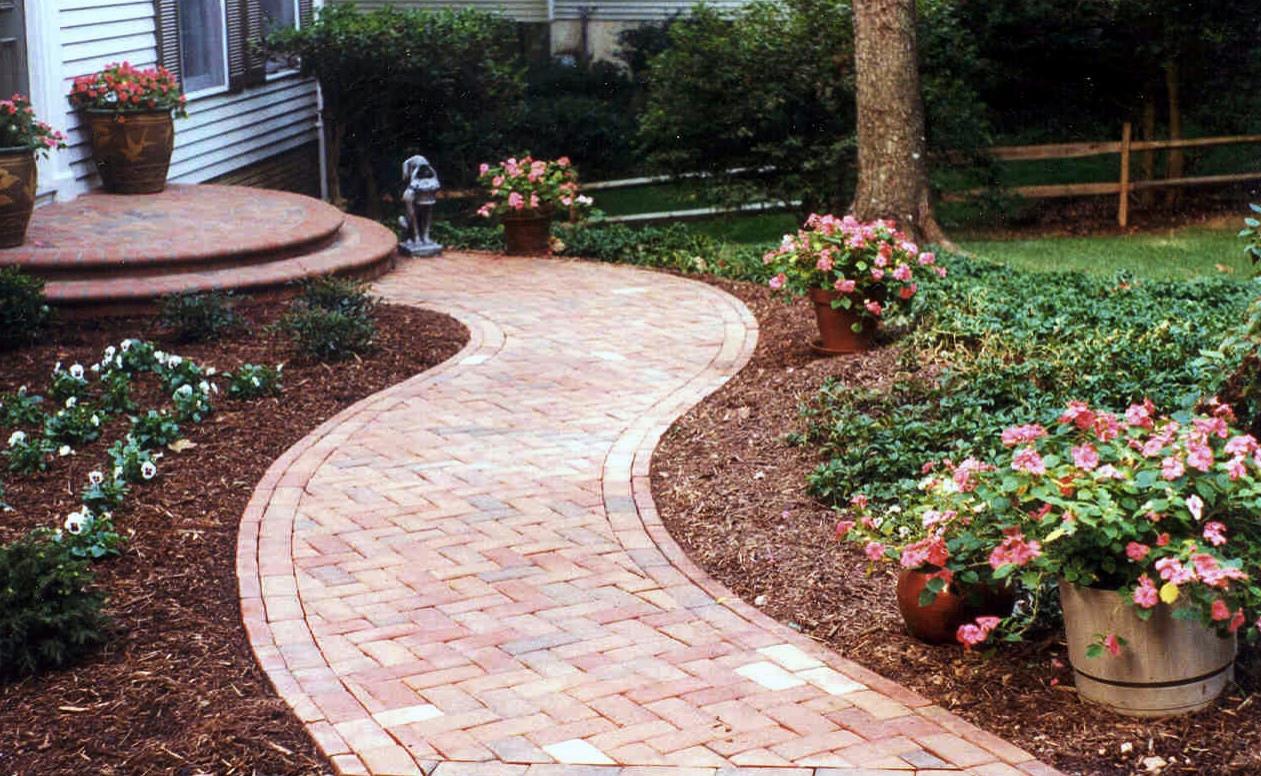
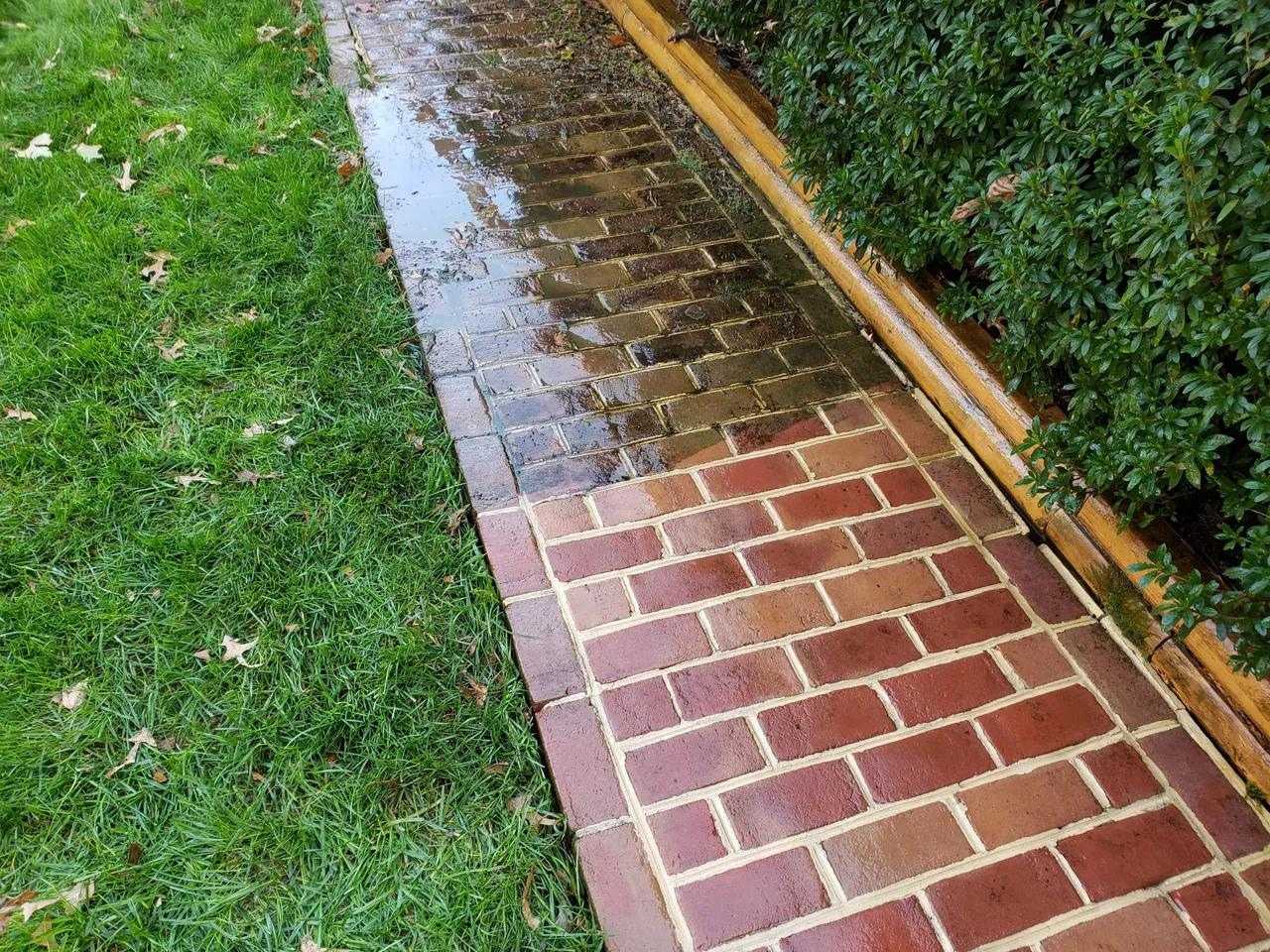
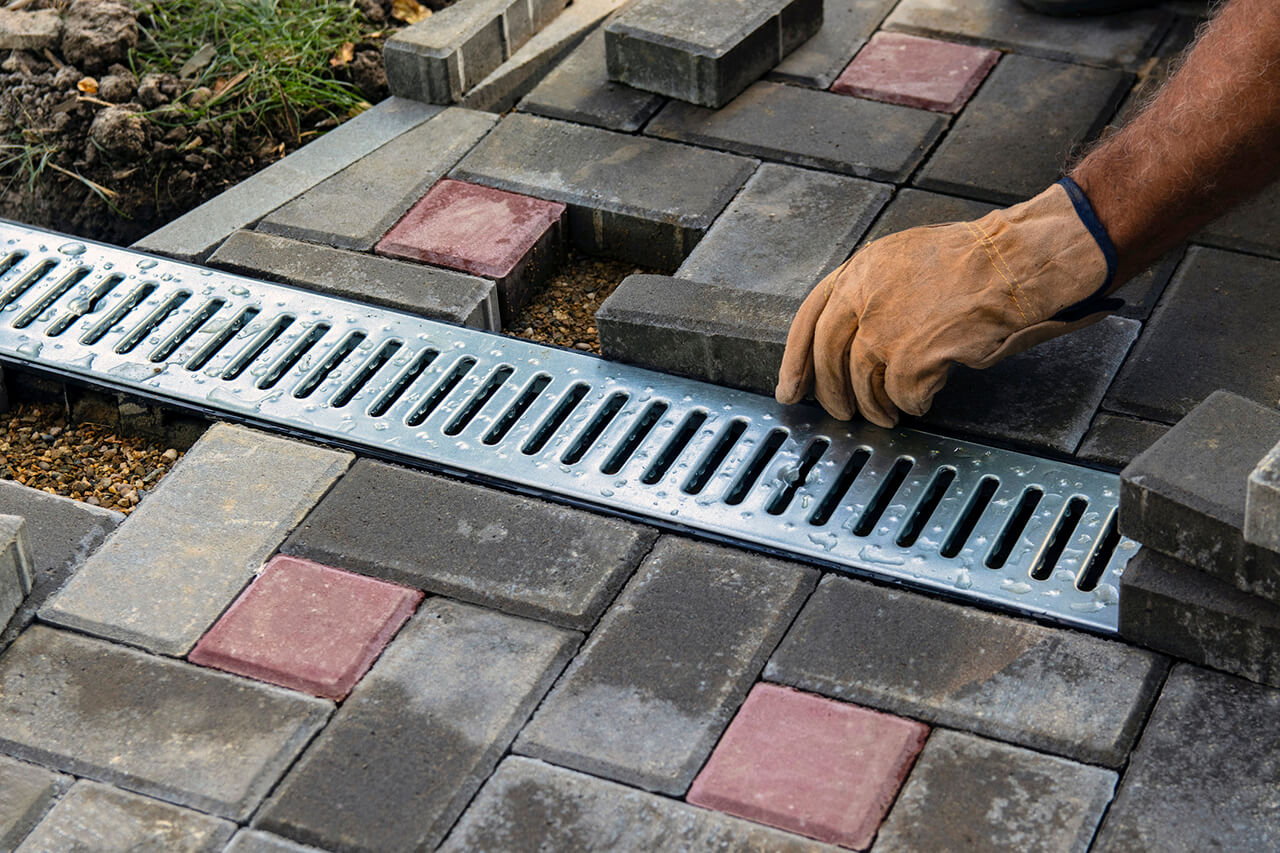
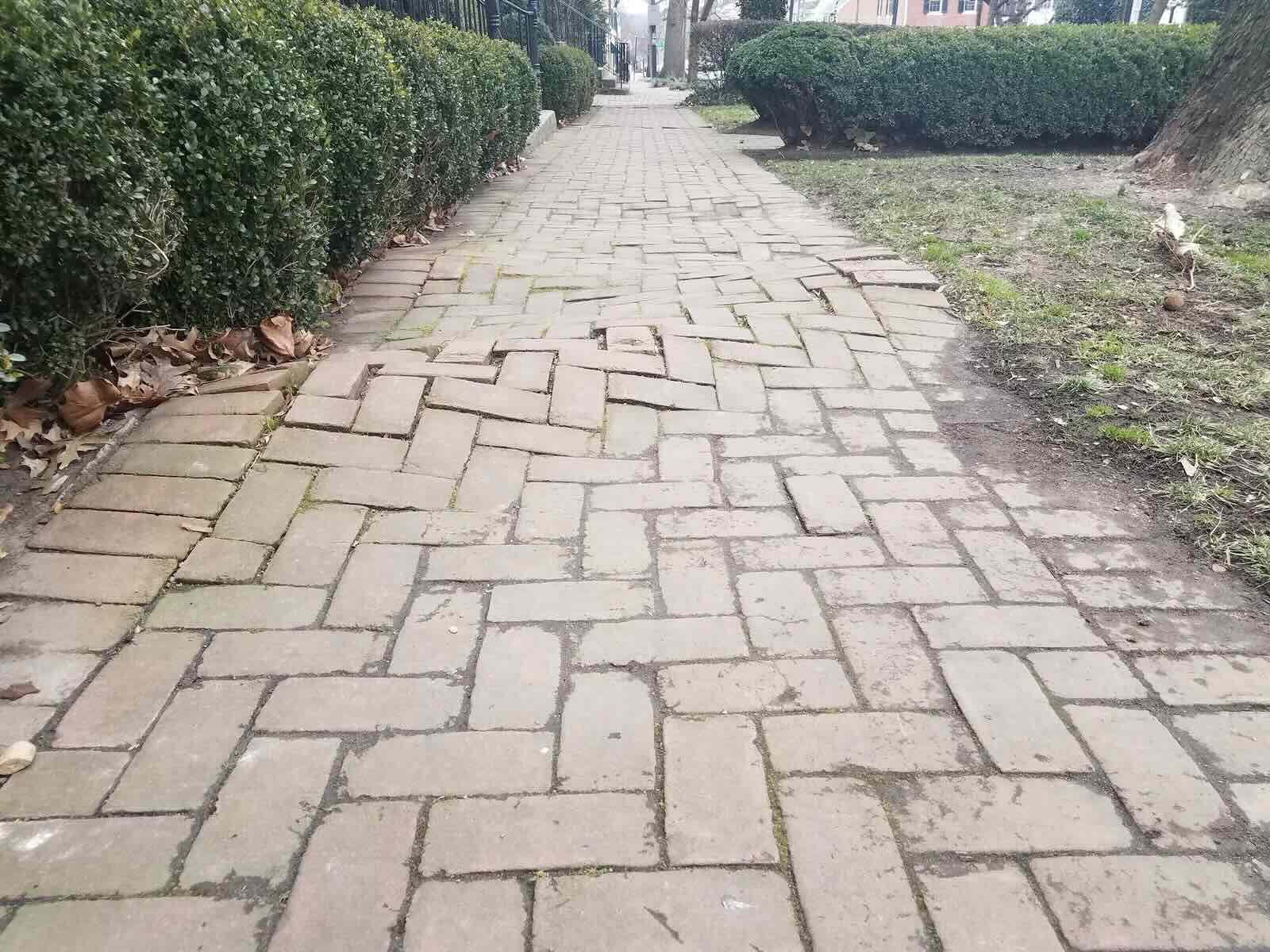
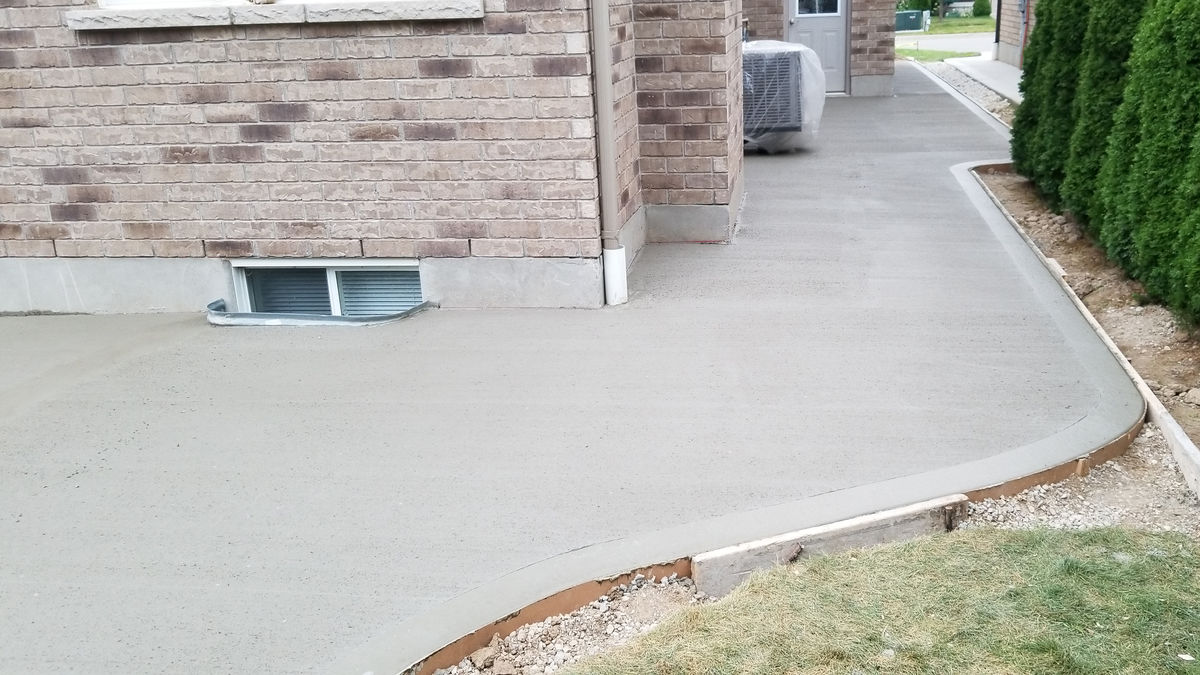
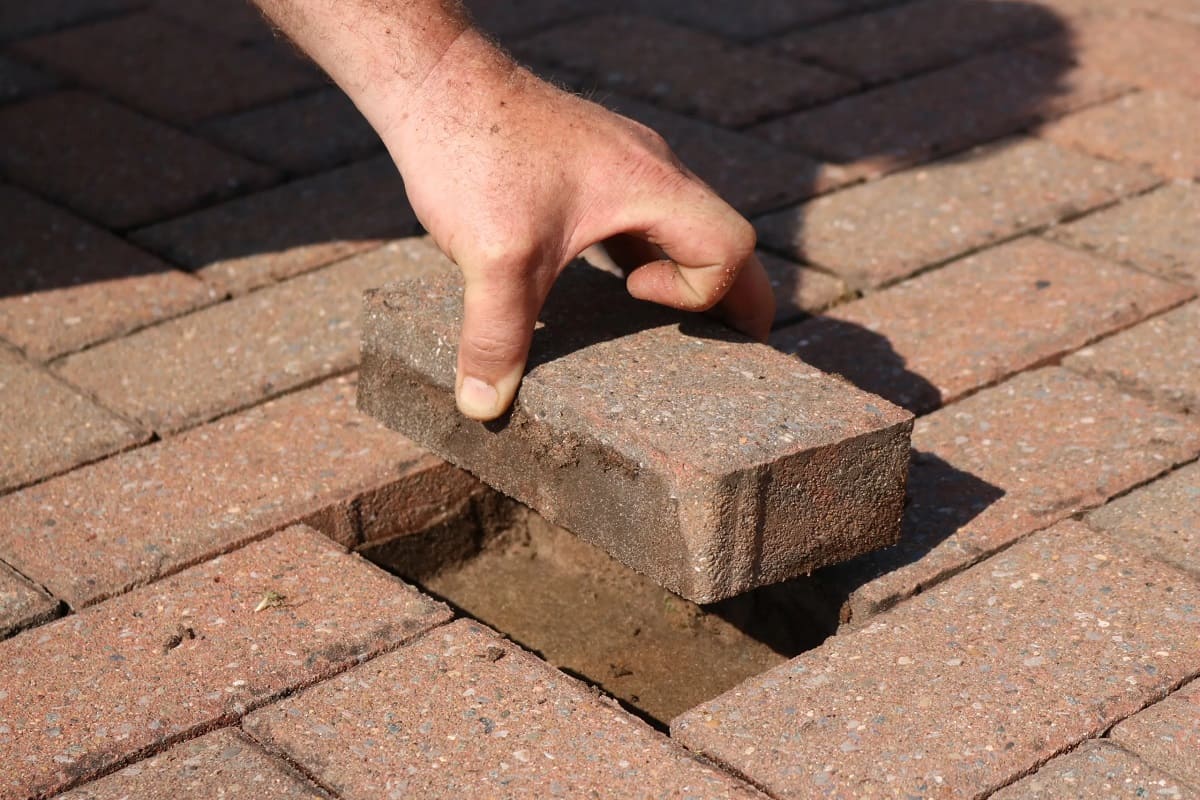



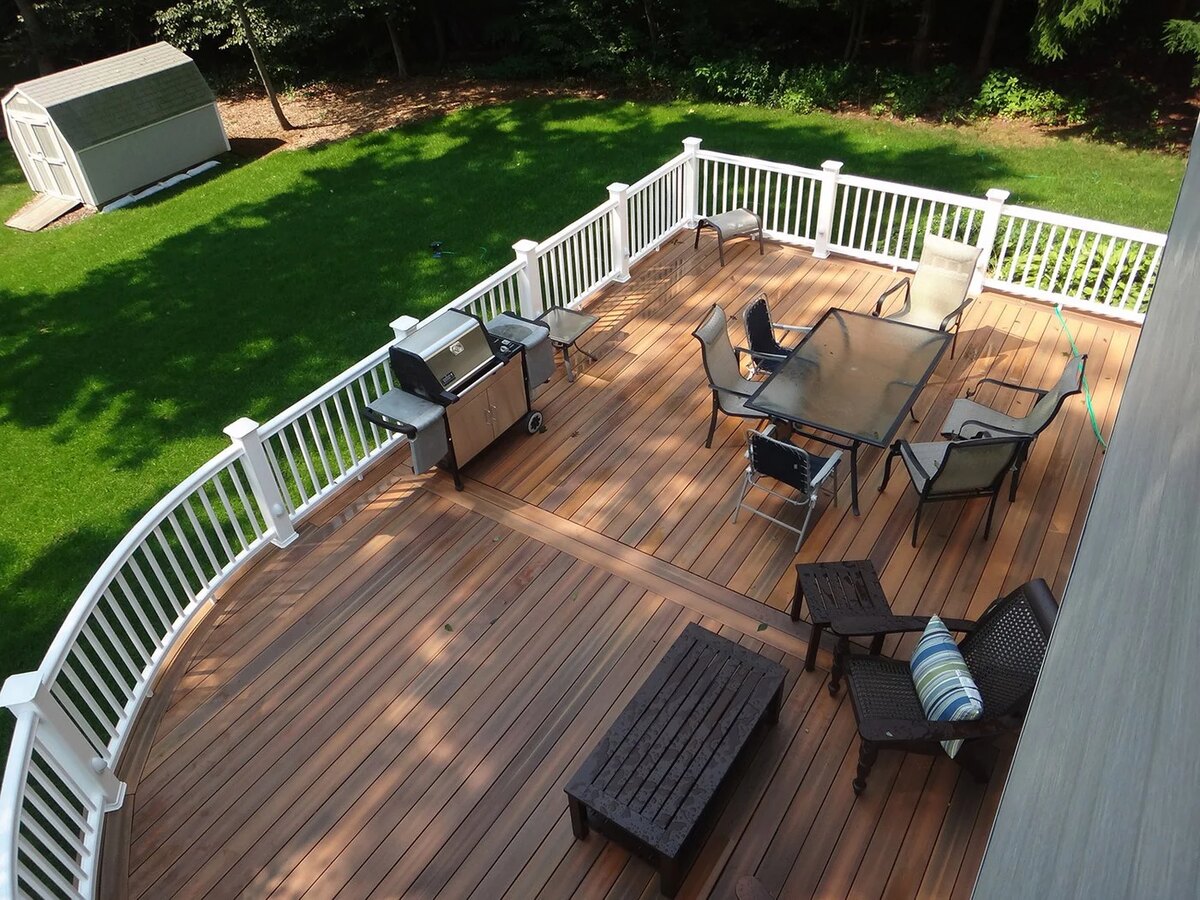


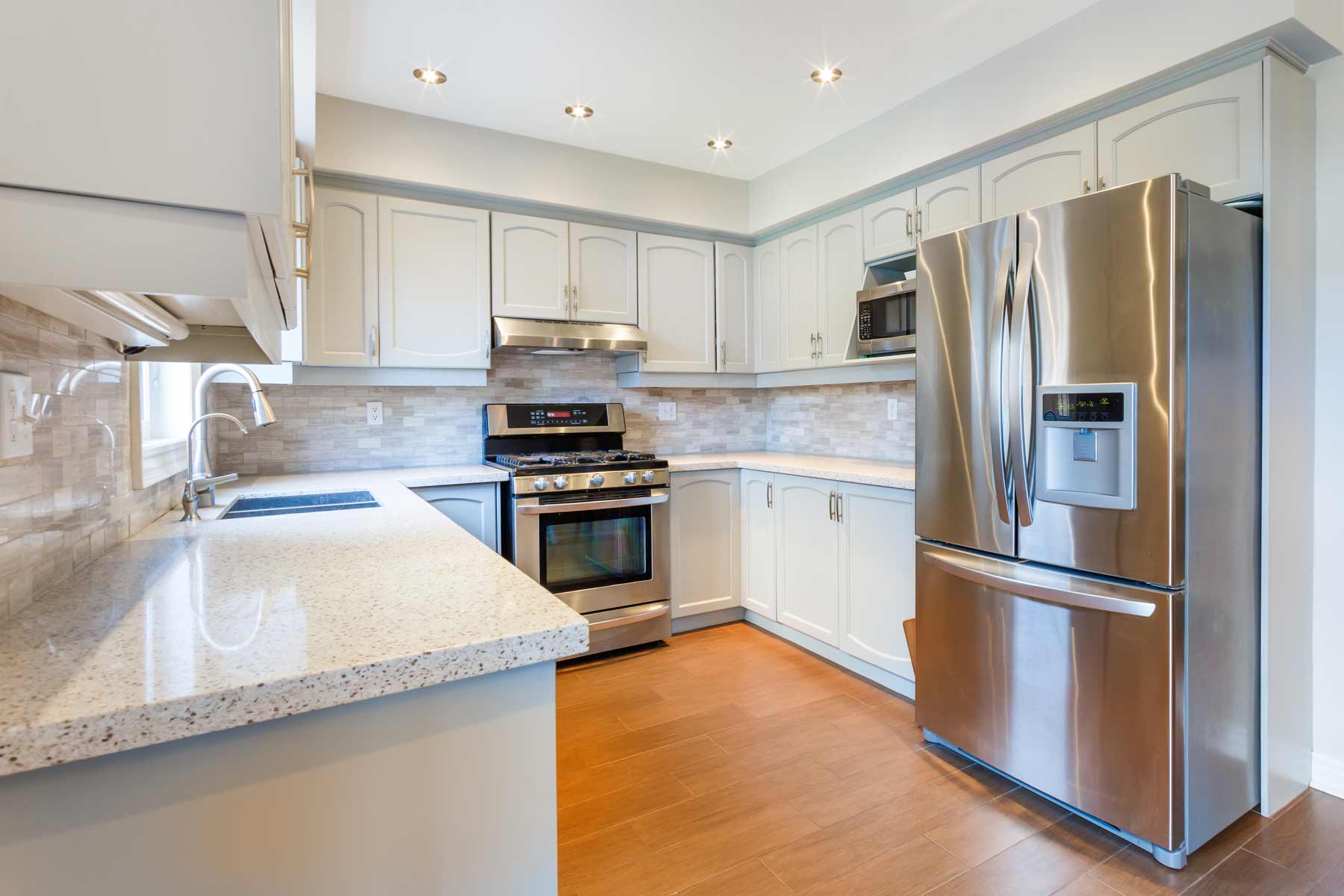


0 thoughts on “How Much Does A Brick Walkway Cost”